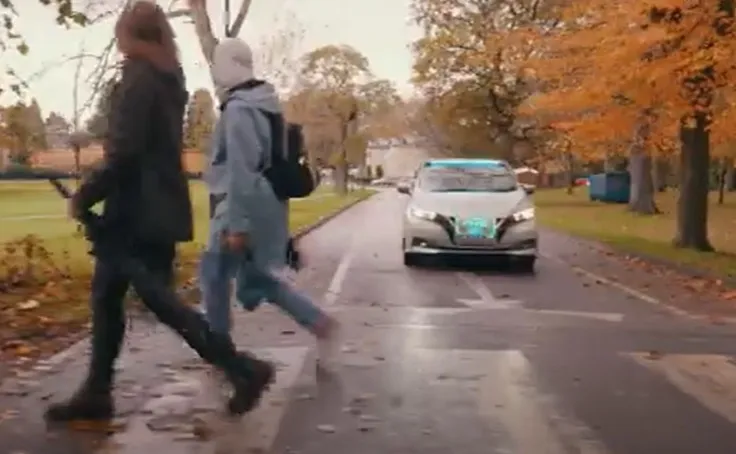A major EU project is studying ways of facilitating the interaction between cyclists and motorists with the help of technical aids in order to reduce the risk of accidents.
Project Xcycle, which involves researchers from six European countries, aims to find ways of achieving greater equality for cyclists in traffic, encouraging more cycling, and making travel by bicycle safer. The Swedish Road and National Transport Research Institute (
To achieve the project objectives, it has been divided into six work packages (WP), spanning 42 months. Three of these will examine and test systems and assess and integrate the results for further evaluation. The systems under evaluation include:
Infrastructure-based systems using bicycle-friendly infrastructures incorporating green wave technology; Xcycle will investigate the potential of signals that can adapt to the cyclists’ behaviour, thereby catering to low-flow situations where the risk is greater.
Cooperative systems, where intersections are equipped with sensor such as radar, cameras, or RFID readers that would locate the position of cyclists and wirelessly transmit this information to other vehicles.
Vehicle-based systems, using image processing or radar technologies to locate cyclists and warn other drivers.
Xcycle focuses on bicycles as users who have distinctive needs and behaviours from those of other vulnerable road users such as pedestrians or motorcyclists. Passive or active detection, to increase the visibility of cyclists, can be a practical and viable solution. The use of on-bike technology to protect cyclists is still in its infancy.
“We are to develop technical solutions to warn both drivers and cyclists of potential incidents, for example, at intersections. These could be methods for displaying information both in vehicles and out in traffic, systems that work together to reduce the risk of collisions,” says VTI researcher Katja Kircher.
One work group will develop and test systems incorporating advanced sensor technology that can detect and issue warnings when cyclists are near larger vehicles. Another group will create a traffic signal system that reduces the risk of accidents. These new systems will be tested by German company Braunschweig at a new testing ground designed for infrastructure and traffic research.
Researchers will also develop a demonstration cycle for testing technology that will be able to cooperate with other vehicles.
Xcycle is an EU project within the EU framework programme for research and innovation, Horizon 2020. The project began in May 2015 and its final report is due in October 2018. Nine organisations from Italy, the Netherlands, Great Britain, Sweden and Germany are participating.
Major European project for safer cycling
A major EU project is studying ways of facilitating the interaction between cyclists and motorists with the help of technical aids in order to reduce the risk of accidents. Project Xcycle, which involves researchers from six European countries, aims to find ways of achieving greater equality for cyclists in traffic, encouraging more cycling, and making travel by bicycle safer. The Swedish Road and National Transport Research Institute (VTI) is a major player in the project and are responsible for evaluating
November 8, 2016
Read time: 3 mins








